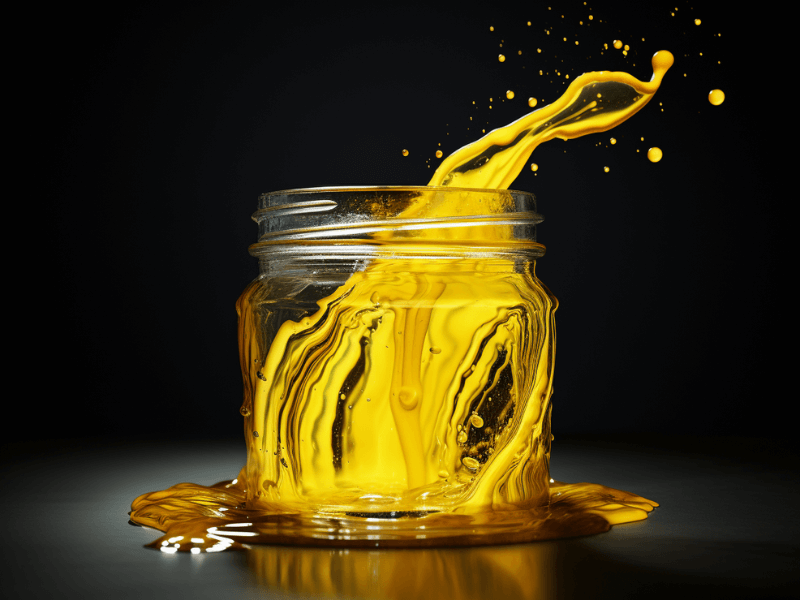Ever wondered what’s the secret ingredient behind a perfectly assembled piece of furniture or a flawlessly crafted woodworking project?
Meet Yellow Glue, also known as carpenter’s glue, a strong adhesive that craftspeople around the world swear by. It’s a magical bonding agent that transforms bits of wood into wonderful creations.
But what is it about Yellow Glue that gives it this remarkable reputation? In this article, we’ll unstick the mysteries behind this go-to adhesive, revealing why it’s so popular and what makes it different from its sticky counterparts.
Overview: Peeling Back the Layers
- Understanding the essence of Yellow Glue
- Differentiating Yellow Glue from other adhesive types
- Exploring the numerous applications of Yellow Glue

Yellow Glue Unveiled: A Stick Above the Rest
Yellow Glue, also known as PVA (Polyvinyl Acetate) glue, stands out due to its robust adhesive properties and its distinctive yellow color. It’s a water-based adhesive, renowned for creating a bond stronger than the wood itself when it cures, making it a preferred choice for woodworking projects.
Unlike other glues such as Super Glue or Epoxy, Yellow Glue is uniquely formulated to bond porous materials, especially wood.
Its water-resistant, but not waterproof, characteristics make it ideal for indoor woodworking applications. It also offers ample ‘open time’ (the time you have to adjust the position of your work before the glue starts to set), and it dries relatively quickly.
Yellow Glue in Action: Crafting Perfection
Yellow Glue shines brightest when used in the right context. Let’s look at where it plays a starring role:
- Woodworking: From crafting furniture to building cabinets, Yellow Glue is the adhesive of choice for carpenters due to its strong bond and ease of use.
- Laminating: Yellow Glue excels at laminating thin pieces of wood together, forming a bond stronger than the wood itself.
- General Crafting: Ideal for bonding paper, cloth, and leather, Yellow Glue is a versatile adhesive in a variety of craft projects.
- Musical Instruments: Many luthiers use Yellow Glue when crafting stringed instruments for its strength and reversibility.
Why not another type of glue?
Super Glue, while strong, does not provide the same level of flexibility and working time as Yellow Glue. It’s also less suitable for porous materials like wood.
Epoxy, on the other hand, is waterproof but requires a more complicated mixing process and longer curing time. It may also be overkill for some woodworking applications where Yellow Glue’s bond strength is more than adequate.
Conclusion: Gluing it All Together
Yellow Glue, the humble hero of the adhesive world, truly lives up to its reputation.
Offering an optimal balance of strength, working time, and ease of use, it has become an irreplaceable part of any woodworker’s toolbox.
The next time you embark on a woodworking project, remember the Yellow Glue. It’s not just about sticking things together; it’s about crafting with confidence, knowing your creations will stand the test of time.


